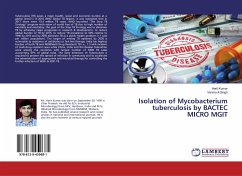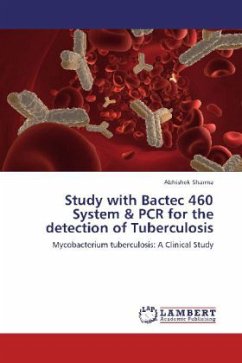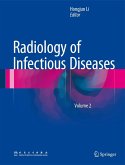Tuberculosis (TB) poses a major health, social and economic burden at a global level.[1] In 2018 WHO Global TB Report, it was estimated that in 2017 there were 10.4 million TB cases. WHO launched "The Stop TB Strategy" program with vision of world free of TB due to high number of mortality and morbidity. The goal of the Stop TB Strategy was to eliminate TB by achieving major progresses in research & development, to reduce global burden of TB by 2015, to reduce TB prevalence to 50% relative to 1990 by 2015 and by 2050 eliminate TB as a public health problem (1 case per million population). The target of ending TB epidemic by 2030 is vulnerable to resistance of antibiotics to first line therapy. India has highest burden of both TB and MDR(Multi Drug Resistant) TB i.e., 1.3 lakh incident of multi-drug resistant cases while China, India and the Russian Federation were among the countries with largest number of MDR TB cases accounting 47% of global total. The early detection of Tuberculosis is required to prevent the spread of infection in community and to accelerate the administration of appropriate anti-microbial therapy for controlling the further infection of MDR- & XDR- TB.
Bitte wählen Sie Ihr Anliegen aus.
Rechnungen
Retourenschein anfordern
Bestellstatus
Storno








